How To Grow Spring Bulbs
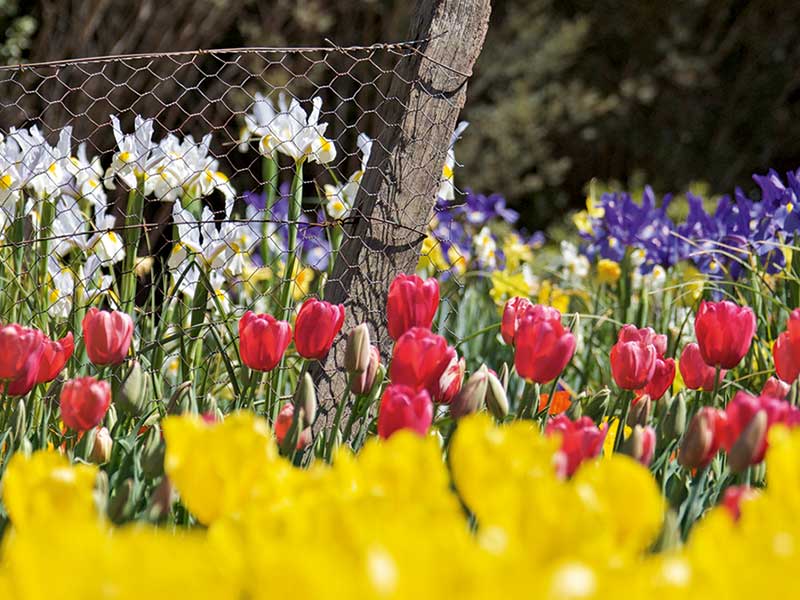
Spring-flowering bulbs put on one of the greatest annual displays, and it’s easy to create your very own colourful seasonal celebration.
Even if you’re new to gardening, you’re still bound to have amazing success with them, and will be able to watch your landscape magically come alive with colour.
And just why are bulbs such a sure gardening bet? It’s because the grower has already done most of the hard work for you.
They have nurtured the bulbs so they are primed and ready to bloom in the spring.
Here’s our simple guide to help you select the right bulbs and how to get the most from them.
Naturalise the display
Certain bulbs take well to being left alone to establish and multiply in the garden, which is called naturalisation.
With not much more than an annual feed and haircut, they’ll pop up each year and become your regular spring display.
Top bulbs for naturalising just about anywhere in Australia include daffodils, jonquils and freesias, although freesias can quickly become invasive.
In cooler regions, bluebells, irises and even tulips can all fully establish themselves fairly easily.
The big killer of naturalised bulbs is excess water coming from irrigation when the bulbs are lying dormant across the summer.
To avoid this, make sure the bulbs are either in a free-draining position or an area that doesn’t receive too much extra watering during the summer months.
Did you know?
The term spring bulbs is loosely used to describe a range of flowering plants with various underground storage structures. So what are they really?
Certain varieties, such as daffodils or tulips, are true bulbs, while others, like ranunculi, are tubers. Crocuses are corms and certain irises are rhizomes.
What these plants all have in common is their life cycle, which includes a distinct period of winter dormancy followed by an abundance of dazzling blooms in late winter or early spring.
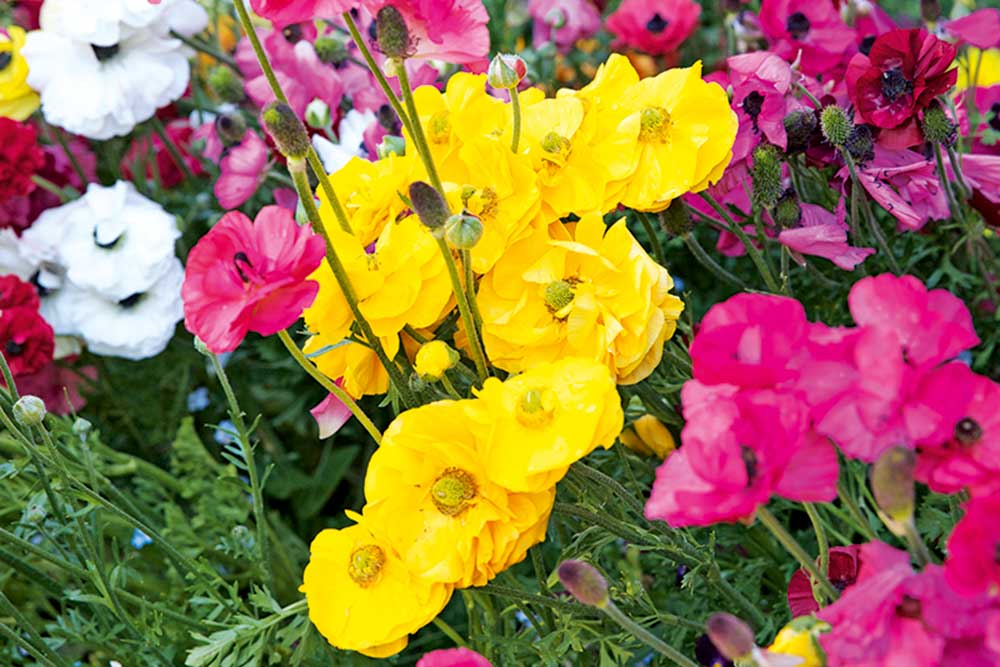
How to grow
The first thing to do before planting bulbs is to read the packet or label. You’ll find all you need to know about planting depth, spacing and position.
The rough rules to remember are to position them in full sun, plant them twice as deep as they are wide and space them so they aren’t touching.
Keep the label for future reference, as it may also contain information about lifting and storing your bulbs.
PLANT GARDEN BEDS or containers with spring bulbs between April and May. To give the appearance ofb a longer-flowering display, you can stagger planting over a month or so.
SOIL OR POTTING MIX must be free draining to avoid rot. You may have to create raised beds if you have clay soil.
In pots, only use a special bulb mix or premium potting mix that’s not too heavy on water crystals, and avoid using saucers under the pots.
FEED AT PLANTING TIME with Osmocote for Vegetable, Tomato, Herb & Garden Beds or a special-purpose bulb food. After flowering, feed with an organic fertiliser such as Yates Dynamic Lifter Plus Flower Food or Professional Blood & Bone.
Applying Seasol and liquid feeding with Yates Thrive Soluble Flower & Fruit Plant Food during all growth phases will also improve performance.
PRUNE THE FLOWERS as they finish for neatness. And while it can look untidy as it browns off, let the foliage die down so the bulbs can store enough energy to flower again next season.
Certain bulbs can be lifted and stored in a cool, dry, dark place after the foliage has died. Others, such as daffodils and jonquils, can be left in the ground to naturalise.
Liquid feed them regularly once flowering is finished to ensure they perform again next year.
Five favourites
1. Daffodils
You’ll know the classic golden-yellow forms, but did you know daffodils also come in whites, pinks and bicolours? Like their close cousins, jonquils, most daffodils are super hardy and great for naturalising in the garden.
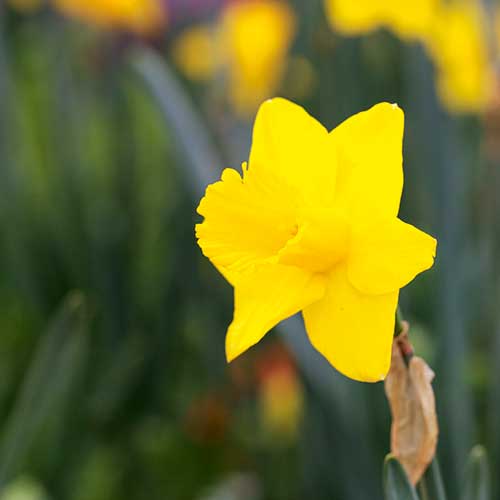
Did you know daffodils also come in whites, pinks and bicolours?
2. Freesias
Possibly the hardiest of the spring bulbs, freesias naturalise well, cope with dry conditions and will bloom year after year with little care. There is a huge range of colours available and most are delightfully fragrant.
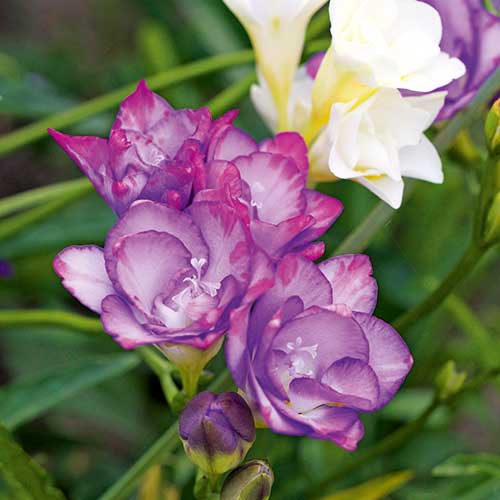
Freesias naturalise well, cope with dry conditions and will bloom year after year with little care
3. Dutch irises
With their tall, upright form, Dutch irises add brilliant structure to a bulb display. Ranging in colour from velvety purple-blues to delicate whites, they make great cut flowers when picked before the buds fully open.
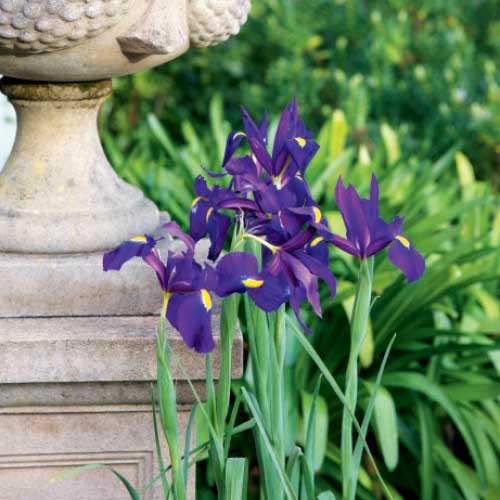
Dutch irises add brilliant structure to a bulb display
4. Jonquils
Fabulously fragrant, the small creamy to white flowers are held in clusters on long stems. Jonquils establish very well and can be left in the ground to pop up again next spring, with the clump getting larger each year.
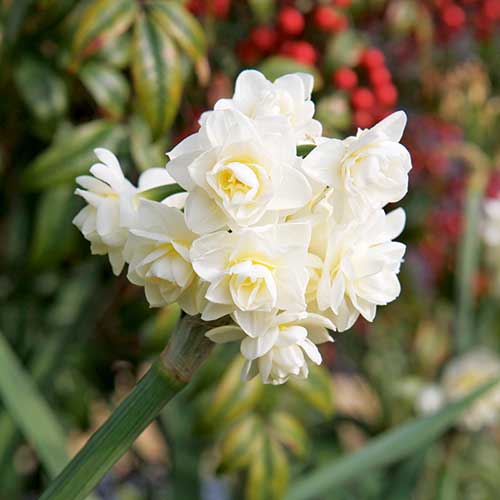
Jonquils establish very well and can be left in the ground to pop up again next spring
To chill or not?
You may have heard the old piece of wisdom about putting bulbs in the vegie crisper for a few weeks before planting them.
The idea is that it will help to stimulate flowering, as it will convince the bulbs they’ve already been through a cool winter.
But the only bulbs you really need to do this with are tulips.
They will benefit from 4-8 weeks stored in the vegie crisper, away from any food.
Just remember, you’ll need to get them in the ground by mid-May at the latest.
Plant bulbs in a bed





